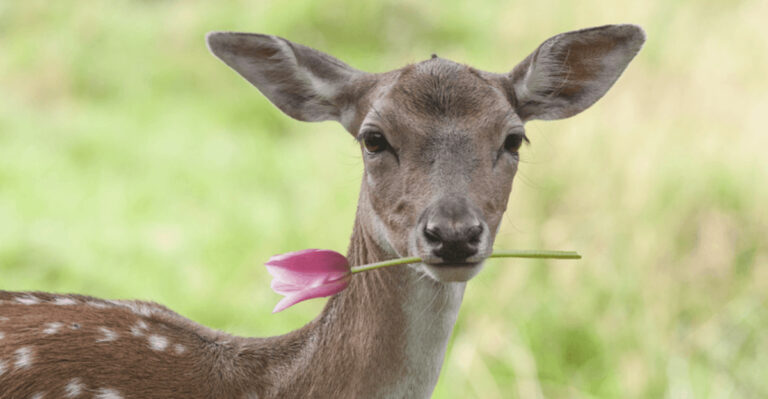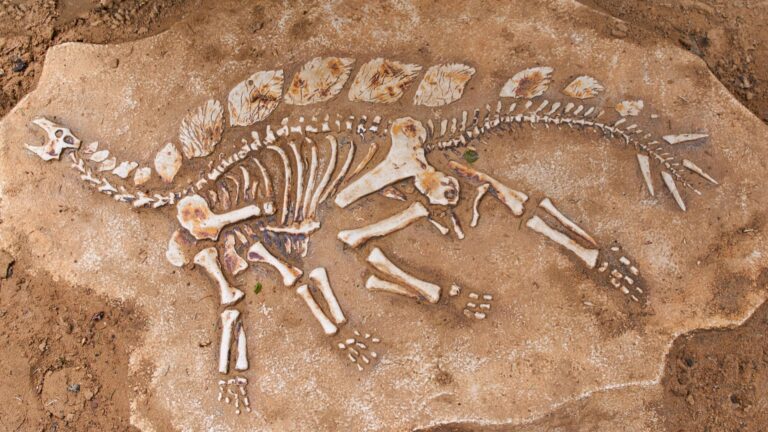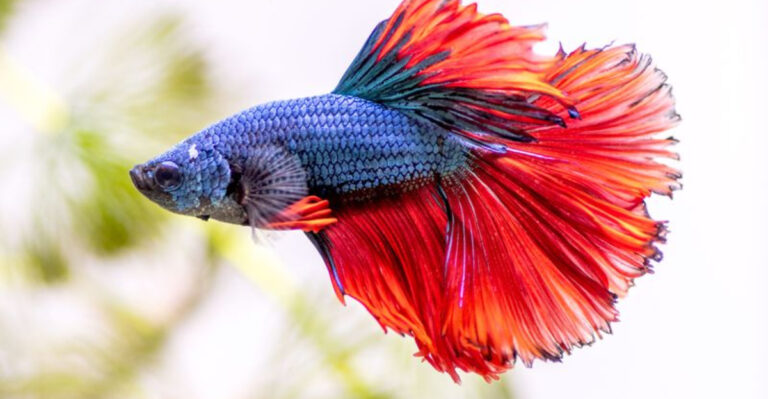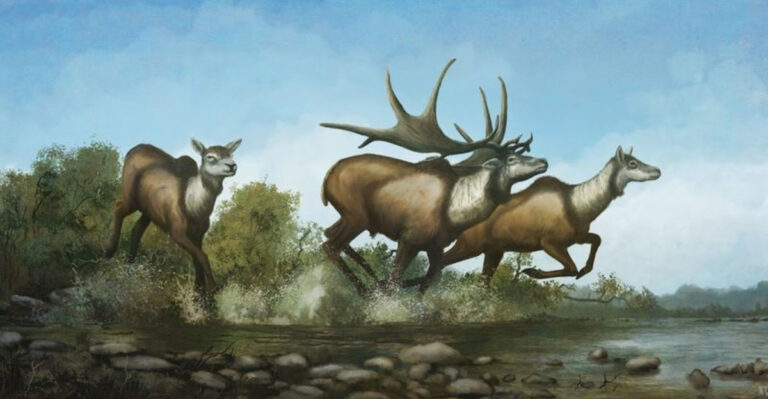13 Ancient Civilizations That Worshiped Or Feared Big Cats
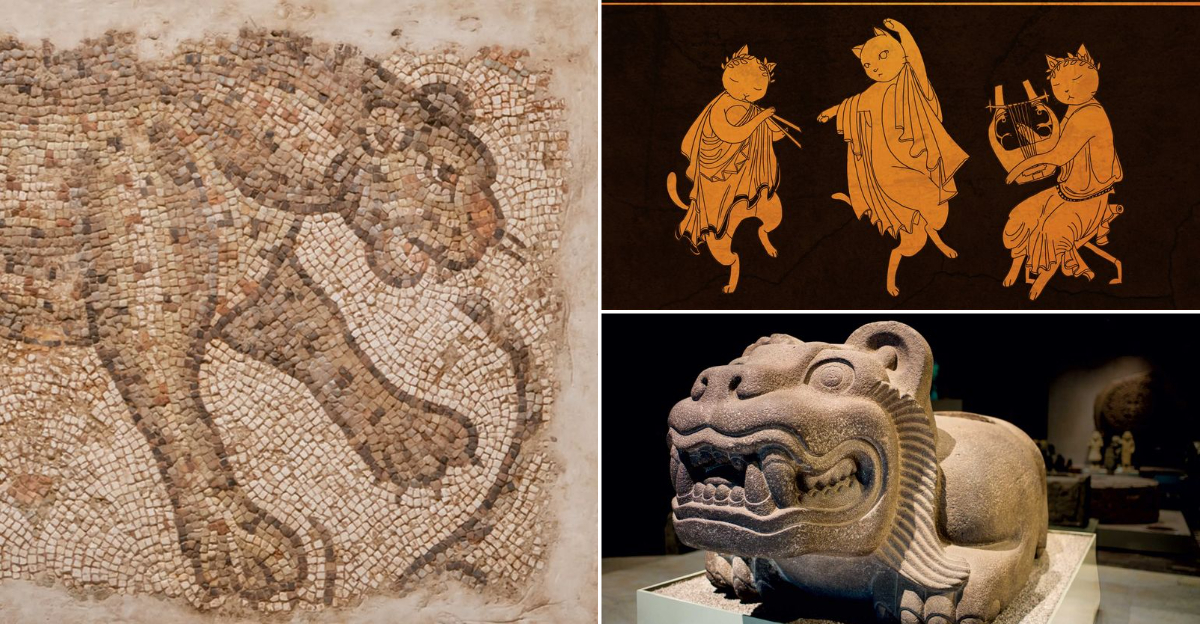
Big cats, mysterious and powerful, have prowled through the annals of history, leaving their mark on the cultures of ancient civilizations.
Revered by some, feared by others, these majestic creatures have been symbols of strength, divinity, and often uncontrollable power.
Hold on to your hat as we journey through time to explore ancient civilizations that couldn’t take their eyes off these magnificent felines.
1. Ancient Egypt
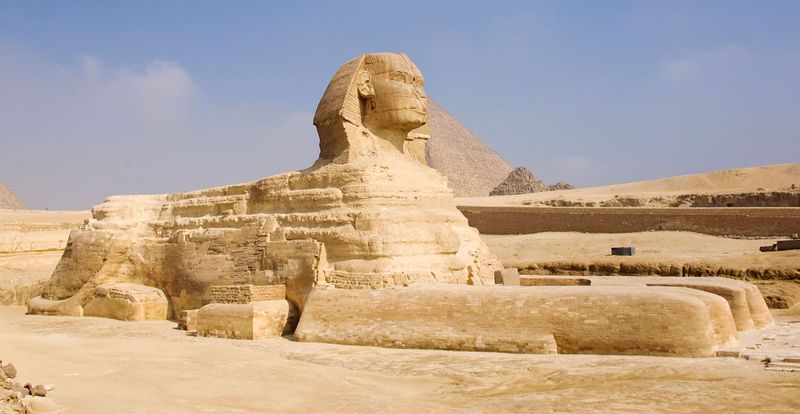
In the land of pyramids and pharaohs, big cats were nothing short of divine. Bastet, the cat-headed goddess, was worshiped as a deity of home, fertility, and protector of the pharaoh. Lions, symbols of power and strength, often adorned the thrones of rulers, their majestic presence echoing the might of these regal leaders.
Temples dedicated to Bastet were filled with cat statues, and real cats roamed freely, revered as sacred creatures. Killing a cat, even accidentally, was punishable by death, a testament to their honored status.
As night fell, the desert sands whispered tales of these revered animals, embedding them deeply into the culture’s fabric. The Egyptians’ devotion to cats shaped their art, religion, and daily life, leaving a legacy that resonates to this day.
2. Ancient Greece
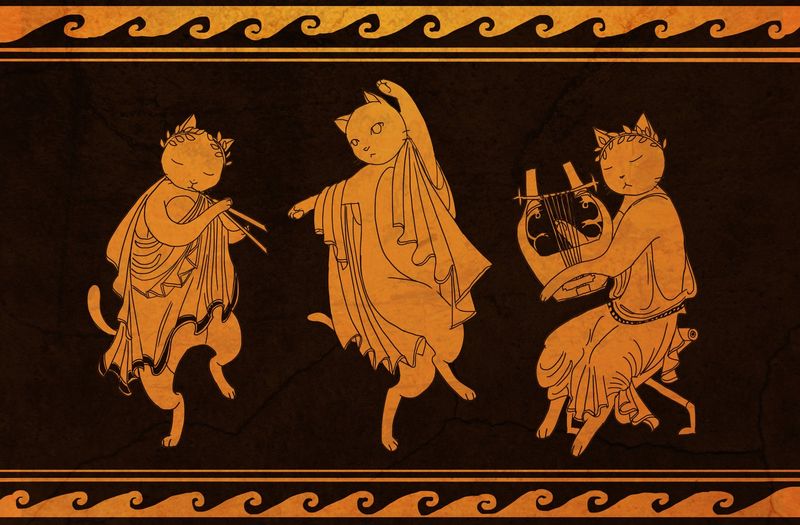
In the world of Greek mythology, lions were seen as formidable adversaries, often feared yet respected. Hercules, the quintessential hero, faced the Nemean Lion, a beast of legendary strength, as one of his twelve labors. The lion’s golden fur was said to be impervious to mortal weapons, highlighting the Greeks’ admiration for the animal’s toughness.
This mythical battle symbolized the triumph of courage over brute force, a recurring theme in Greek culture. Lions were often depicted beside gods and heroes, their presence a testament to the might and bravery of those who could conquer them.
The tales of lions in Greek art and literature captivated audiences, weaving a narrative of fear and respect that echoed through amphitheaters and paintings alike. The lion, both feared and revered, remains a potent symbol of Greek mythology’s enduring allure.
3. Mesopotamia
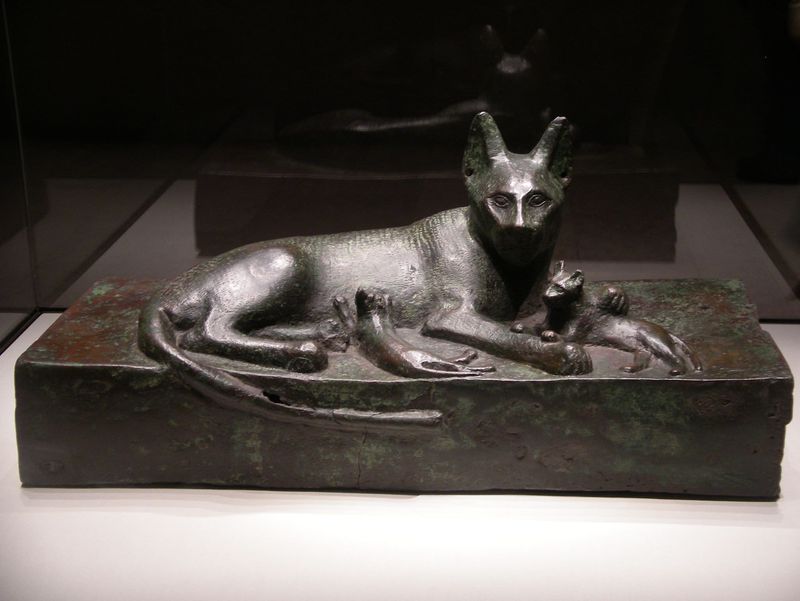
In the cradle of civilization, lions roared with authority, embodying power and royalty. Mesopotamian kings often portrayed themselves in art as conquerors of lions, a display of dominance over nature’s fiercest creatures. These images, carved into the very stone of their palaces, stood as reminders of their rule and authority.
The Akkadian Empire, known for its advanced military and rich culture, revered lions as symbols of strength and protection. Lion hunts were royal events, showcasing the ruler’s bravery and prowess.
As the sun set over the Tigris and Euphrates, the stories of these hunts echoed through the land, reinforcing the lion’s status as both feared adversary and revered symbol of kingship. The lion’s enduring presence in Mesopotamian culture laid the foundation for its legendary status throughout history.
4. Indus Valley Civilization
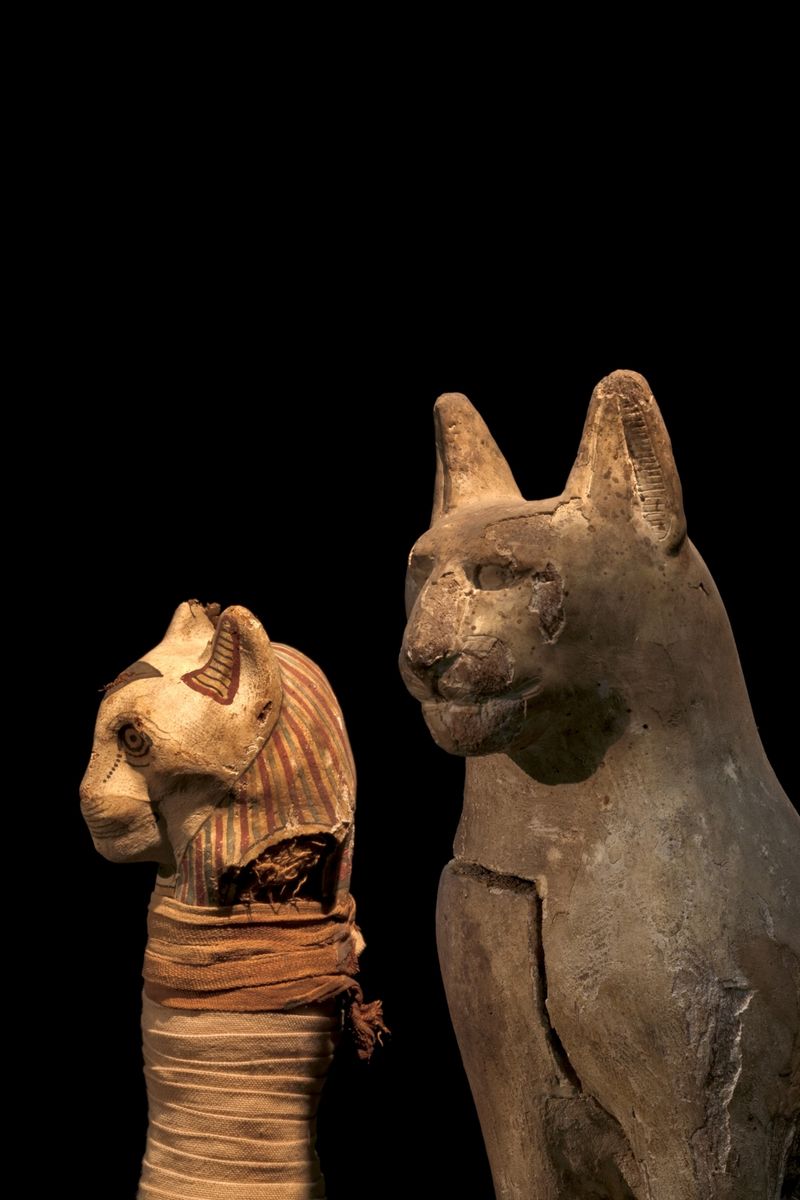
The Indus Valley Civilization, known for its advanced urban planning, had a profound connection with big cats like tigers and leopards. These majestic creatures, often depicted in terracotta figurines, symbolized strength and mystery.
The art and artifacts from this civilization reveal a society that admired the grace and power of these animals, often incorporating their likeness into daily life and religious practices. The presence of big cat motifs in seals and pottery suggests reverence, with the animals often associated with local deities.
In bustling marketplaces, merchants and travelers would exchange stories of tiger sightings, their tales a blend of awe and fear. The Indus Valley’s fascination with big cats reflects their wider relationship with nature, highlighting a culture that appreciated the wild beauty of these enigmatic creatures.
5. Mayan Civilization
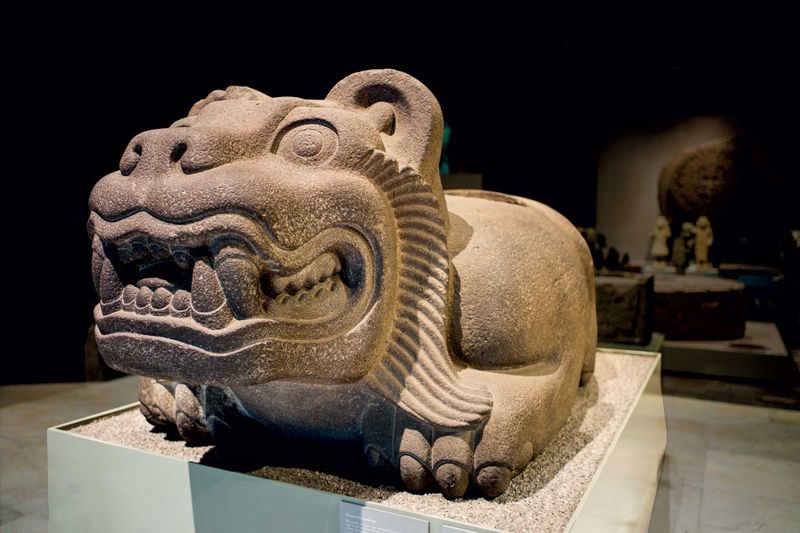
In the heart of the jungle, the Mayans found kinship with the jaguar, a creature of mystique and power. The jaguar was a symbol of the underworld and night, revered as a powerful spirit that could traverse both the physical and spiritual realms.
Temples and pyramids bore the likeness of the jaguar, their stone facades telling stories of gods and heroes tied to this enigmatic feline. Priests, donned in jaguar pelts, would perform sacred rituals, invoking the spirit of the jaguar to guide and protect.
The echoes of these ceremonies still linger in the ruins of ancient cities, a testament to the jaguar’s enduring legacy. The Mayans’ bond with this big cat was a blend of reverence and respect, acknowledging its place in both the natural world and the spiritual tapestry of their civilization.
6. Aztec Empire
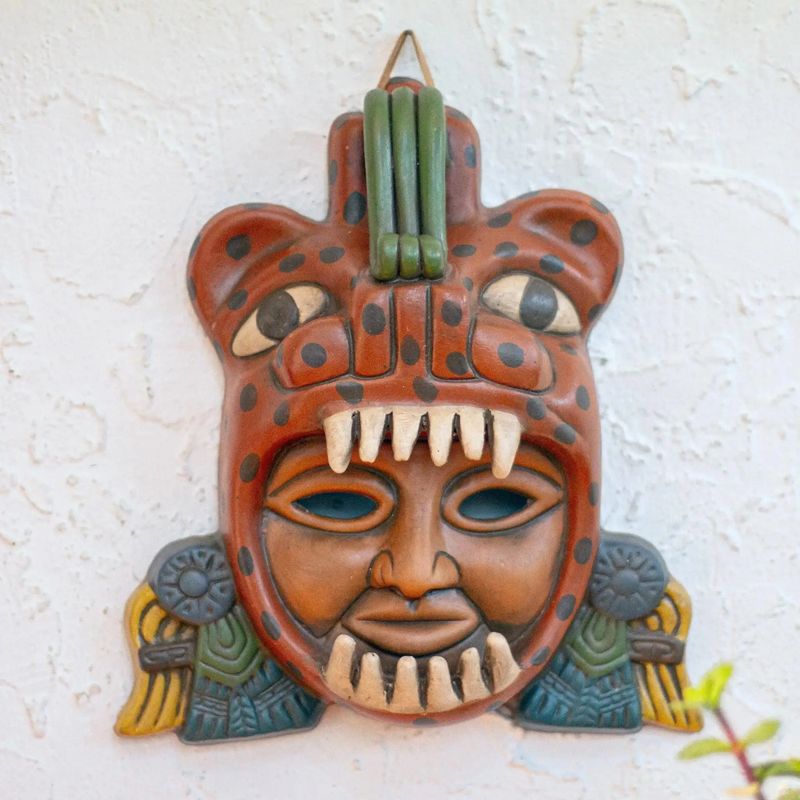
Among the Aztecs, the jaguar was a symbol of power and ferocity, an emblem of warriors who sought to channel its strength in battle. Known as the Jaguar Warriors, these elite fighters donned jaguar skins and headdresses, believing they embodied the spirit of this mighty creature.
The jaguar was closely associated with the god Tezcatlipoca, a deity of night and sorcery, reflecting the cat’s mysterious nature. Temples echoed with chants and rituals dedicated to the jaguar, an animal both feared and admired.
The presence of the jaguar in Aztec culture was pervasive, influencing art, religion, and warfare. Its image carved into stone and woven into textiles spoke of a civilization that revered the jaguar as a powerful totem. The Aztec’s connection with the jaguar remains a striking testament to their rich cultural tapestry.
7. Chinese Dynasties
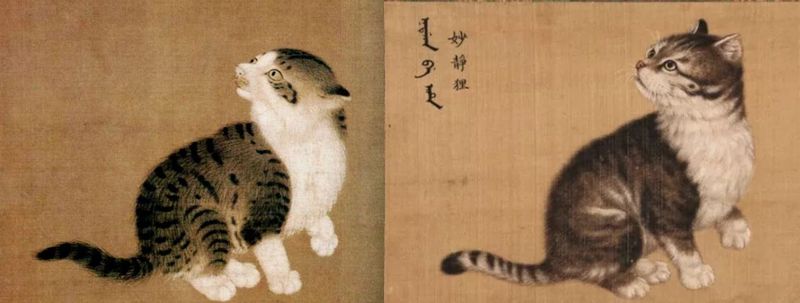
In ancient China, tigers were seen as guardians and symbols of courage and power. They played a crucial role in the myths and legends, often depicted as protectors against evil spirits. Their likeness graced the art, with images of tigers woven into textiles and carved into stone.
The White Tiger, one of the Four Symbols, was a celestial mythological creature representing the West and the autumn season. In traditional festivals, tiger motifs were everywhere, a reminder of their revered status.
Emperors would hold grand festivals celebrating the tiger, its majestic presence embodying the strength and vitality of the empire. The bond between the Chinese and the tiger is deeply woven into their cultural and spiritual heritage, reflecting a civilization that admired the fierce beauty of this mighty creature.
8. Persian Empire
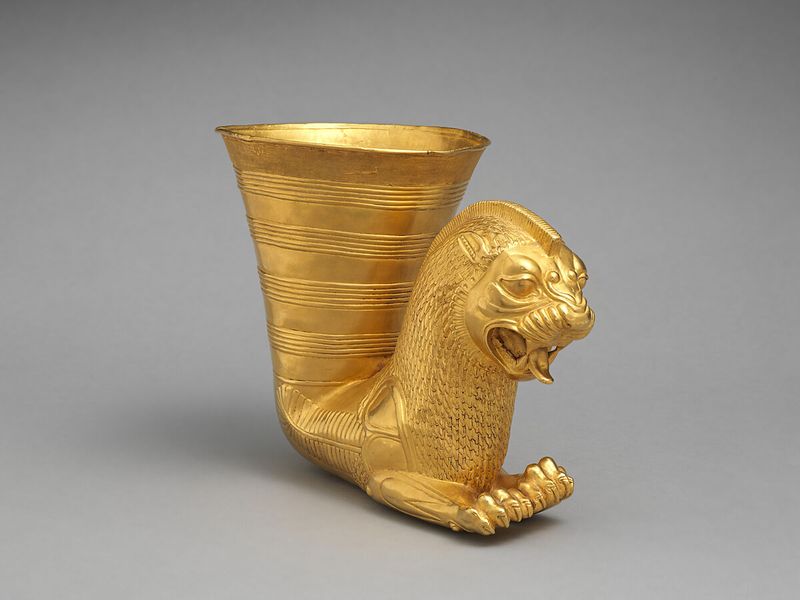
In the grand palaces of the Persian Empire, lions were symbols of strength and authority, often used to signify the power of the king. These majestic creatures were depicted in grand reliefs and sculptures, a testament to their esteemed status.
Lions were believed to protect the empire, their fierce presence a deterrent to enemies. Kings would showcase their prowess and courage through lion hunts, a royal spectacle that demonstrated their ability to conquer nature’s fiercest beasts.
The lion’s image was a common motif in Persian art, illustrating the empire’s wealth and power. As a symbol of royalty and protection, the lion’s legacy in Persian culture remains a powerful reminder of the empire’s grandeur and its rulers’ might. The lion, both feared and admired, was an integral part of Persian identity.
9. Norse Mythology
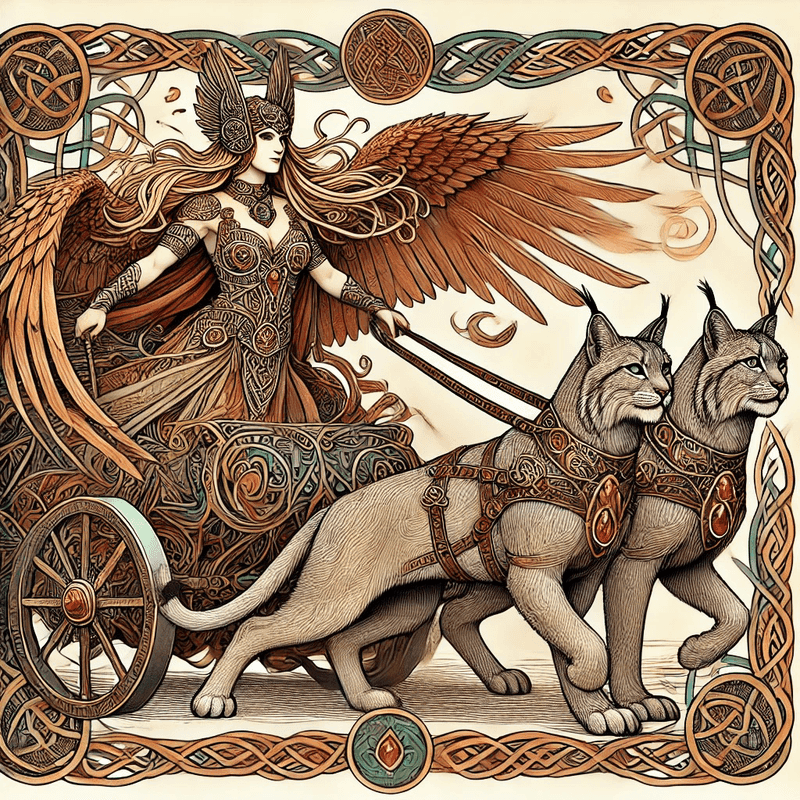
While Norse mythology and Viking culture didn’t feature big cats prominently, lions did appear as symbols of power and protection. Vikings, known for their seafaring prowess and warrior spirit, adopted the lion as a motif in their art and armor.
Carvings of lions adorned longships, their fierce visages warding off danger as they sailed the treacherous seas. The lion’s image was a mark of strength and bravery, qualities admired by the Norse people.
In the sagas and stories passed down through generations, lions were sometimes depicted alongside heroes, underscoring their role as protectors and symbols of courage. The lion’s presence in Norse culture, though more subtle, still played a part in shaping the narrative of a people known for their strength and resilience.
10. Ancient Rome
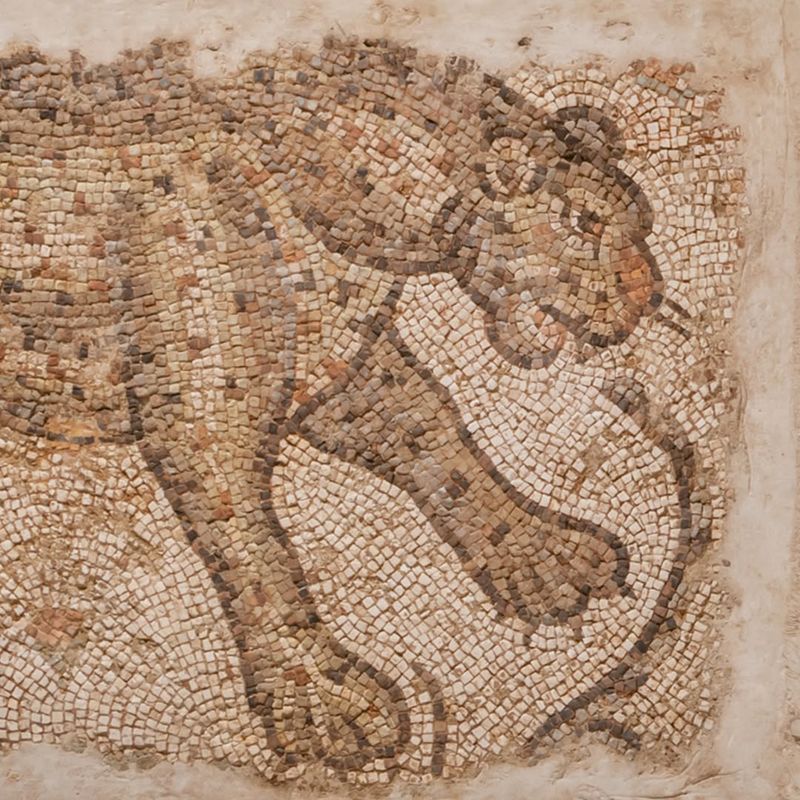
In the grand arenas of ancient Rome, lions were both feared and admired. These majestic beasts were brought from Africa to entertain and awe the masses in elaborate games. Gladiators faced lions in deadly combat, a spectacle that symbolized the power and glory of the empire.
The lion’s image was also used in Roman art and architecture, representing strength and dominance. Emperors often associated themselves with lions, using their likeness to convey authority and power.
As the crowds roared, the lion stood as a symbol of both fear and fascination, its presence in Roman culture a testament to the empire’s reach and influence. The lion’s legacy in Rome was one of awe, a creature that embodied the grandeur and might of the ancient world.
11. Hittite Empire
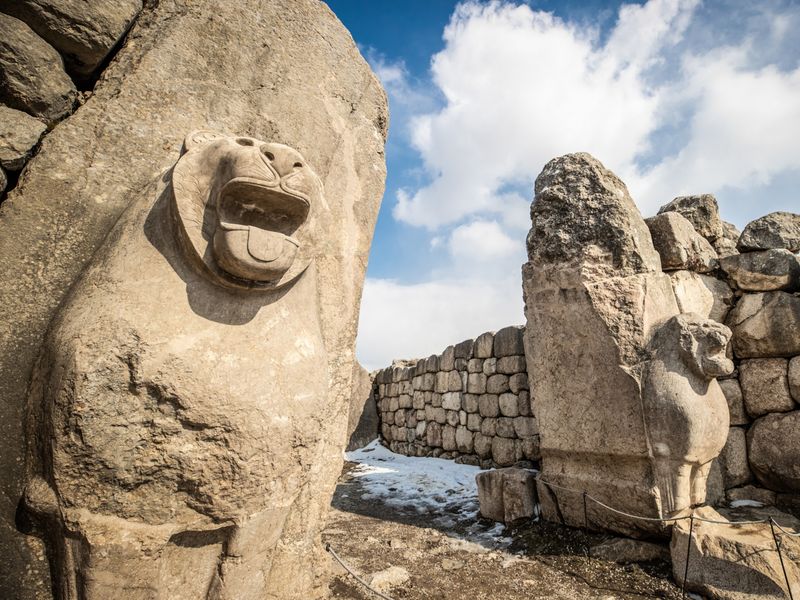
In the heart of Anatolia, the Hittites revered lions as symbols of power and protection. These formidable creatures were often depicted in art and architecture, guarding the entrances to temples and palaces.
Lions represented the strength of the empire, their image a reminder of the king’s authority and the divine protection afforded to the land. The Hittites, known for their military prowess, saw the lion as a fitting emblem of their might.
In ceremonies and rituals, the lion’s presence was invoked to ensure victory and prosperity. The legacy of the lion in Hittite culture is one of awe and reverence, a testament to the enduring power of these majestic animals and their place in the empire’s storied history.
12. Ethiopian Kingdom Of Aksum
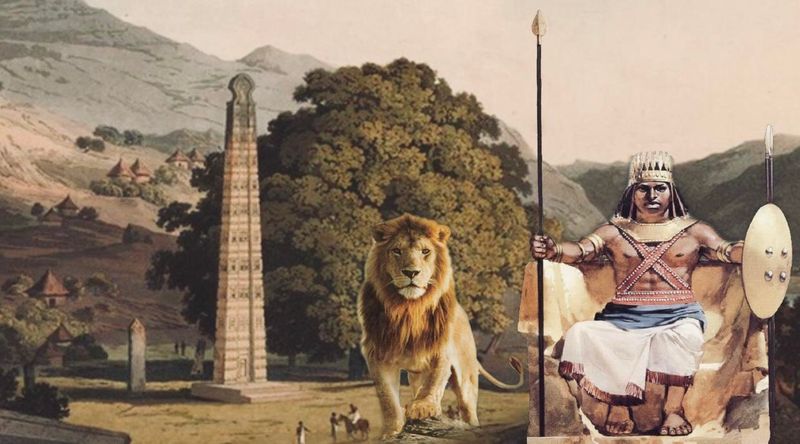
In the ancient Kingdom of Aksum, lions were revered as symbols of royalty and strength. These majestic creatures roamed the highlands, embodying the power and majesty of the kingdom.
Kings often associated themselves with lions, their regal presence a reflection of their own authority and divine right to rule. The lion’s image appeared in art, coins, and architecture, a lasting symbol of Aksum’s grandeur.
As the empire expanded, the lion’s legacy grew, becoming an integral part of Ethiopian identity and cultural heritage. The lion’s enduring presence in Aksum is a testament to the kingdom’s power and the lasting impact of these magnificent creatures on its history.
13. Scythian Culture
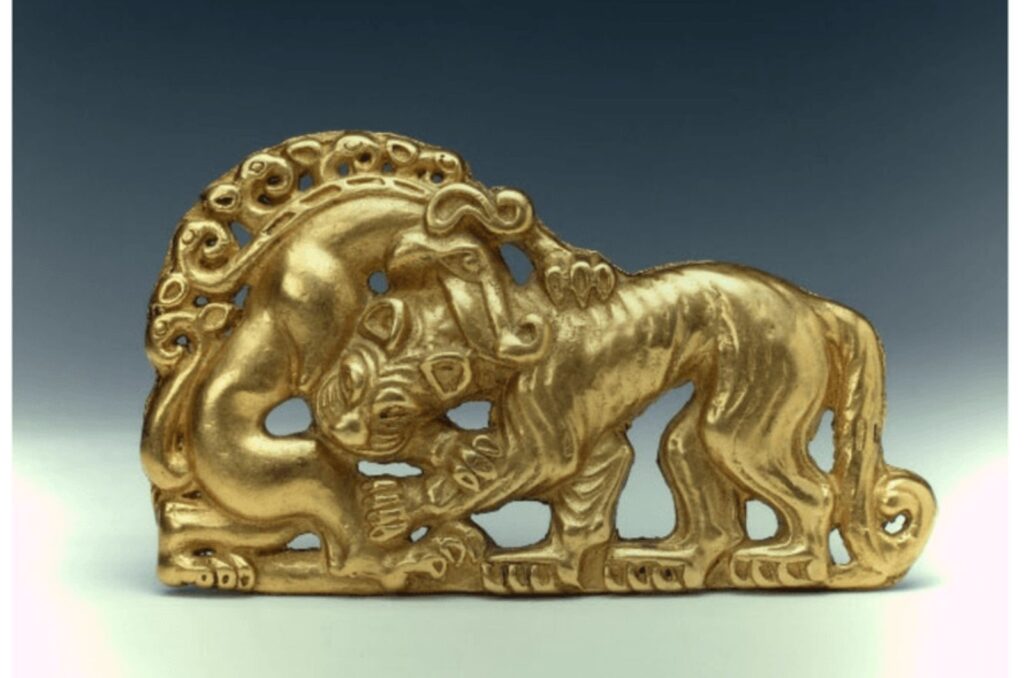
The Scythians, nomadic warriors of the Eurasian steppes, revered leopards and other big cats as symbols of strength and agility. Their art and artifacts often featured these majestic creatures, reflecting the Scythians’ admiration for their grace and power.
Warriors adorned themselves with leopard skins, believing they imbued them with the animal’s prowess in battle. The leopard, both feared and respected, was a potent symbol of the Scythians’ fierce independence and warrior spirit.
In the vast, rolling landscapes of the steppes, the stories of leopards and their encounters with the Scythians were passed down through generations, a testament to the enduring bond between these nomadic people and the wild, untamed beauty of the big cats they revered.

